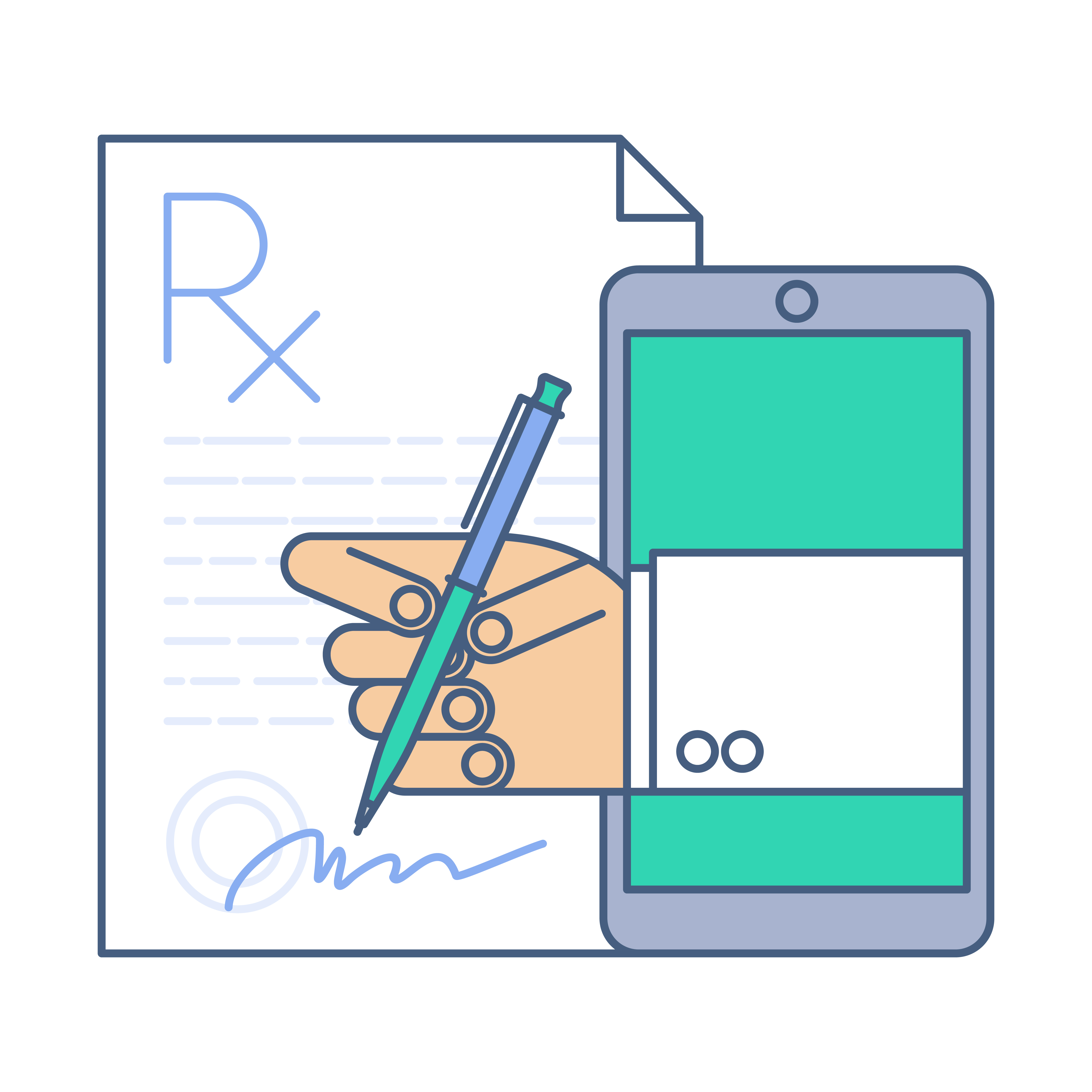This post is an excerpt from GovLoop’s recent research guide, Telehealth: Connecting Health Care and the Public Sector
Six years ago, a shortage of mental health resources in South Carolina meant patients in emergency departments had to wait two to five days for proper evaluations. On any given day, 85 people were in an emergency room waiting for a psychiatric assessment. Something needed to be done.
“Something” turned out to be a telepsychiatry consultation program that puts video equipment in psychiatrists’ offices and ERs, connecting physicians with hospitals in rural areas that lacked mental health personnel. With help from a Duke Endowment grant, the department established the program in 2009 using Polycom technology. Since then, more than 27,000 patients have been assessed through the program, which has saved patients $35 million in health care costs and cut the wait time for ER evaluations to a day or day and a half, with many patients being seen within hours.
The program is in 21 of the state’s 60 hospitals, and a parallel community-based program has put equipment in 17 mental health centers and 50 mental health clinics. The hospital program treats an average of 450 patients a month, while the community one handles video consultations for twice as many.
Besides helping people get better faster, the program is producing other results, including:
- Cost savings of more than $3,000 per consultation;
- 34 percent of patients getting recommended for same-day discharge;
- A 50 percent reduction in the length of ER stays, which can cost $500 to $1,700 a day;
- A 53 percent reduction in overall length of hospital stays; and
- Fewer patients in rural facilities having to be transported – at a cost of at least $1,200 – to more equipped hospitals.
Personalized medical care, not just for mental health services, is the future of health care. Video technology and the evolution and increasing use of biosensors can provide a continuous stream of information to doctors about blood pressure, sugar levels and heart rates, for instance. Moreover, the use of portable devices and wearables will be essential to increasing response in ambulances and emergency vehicles.






Leave a Reply
You must be logged in to post a comment.